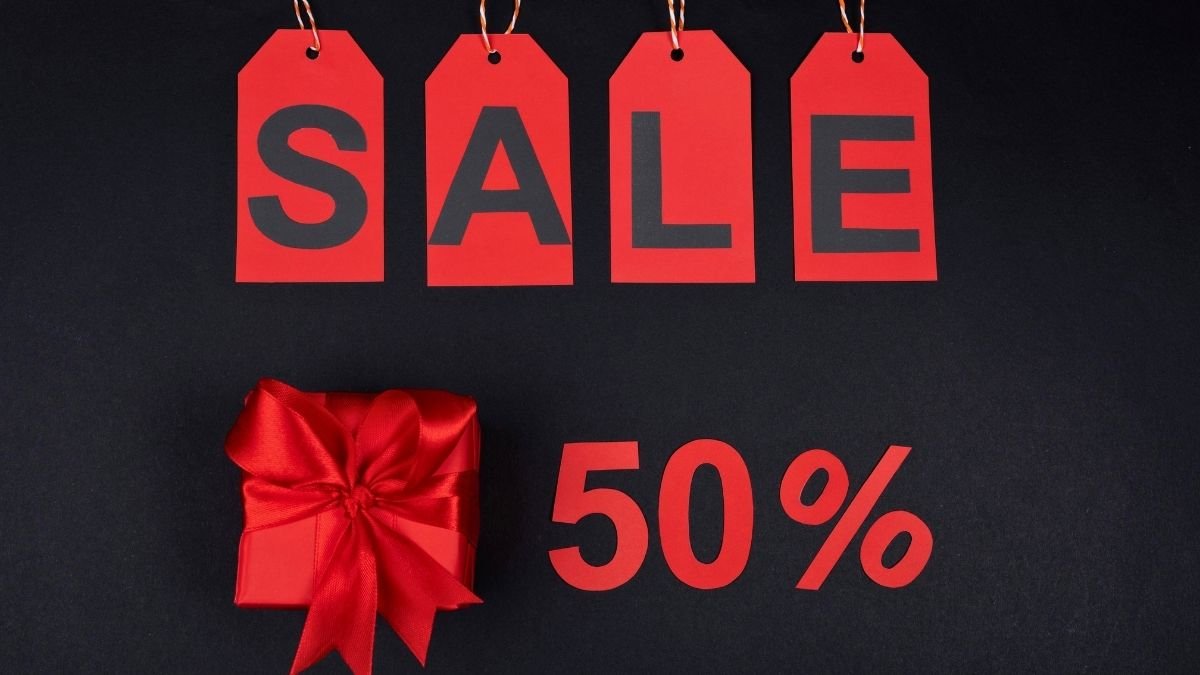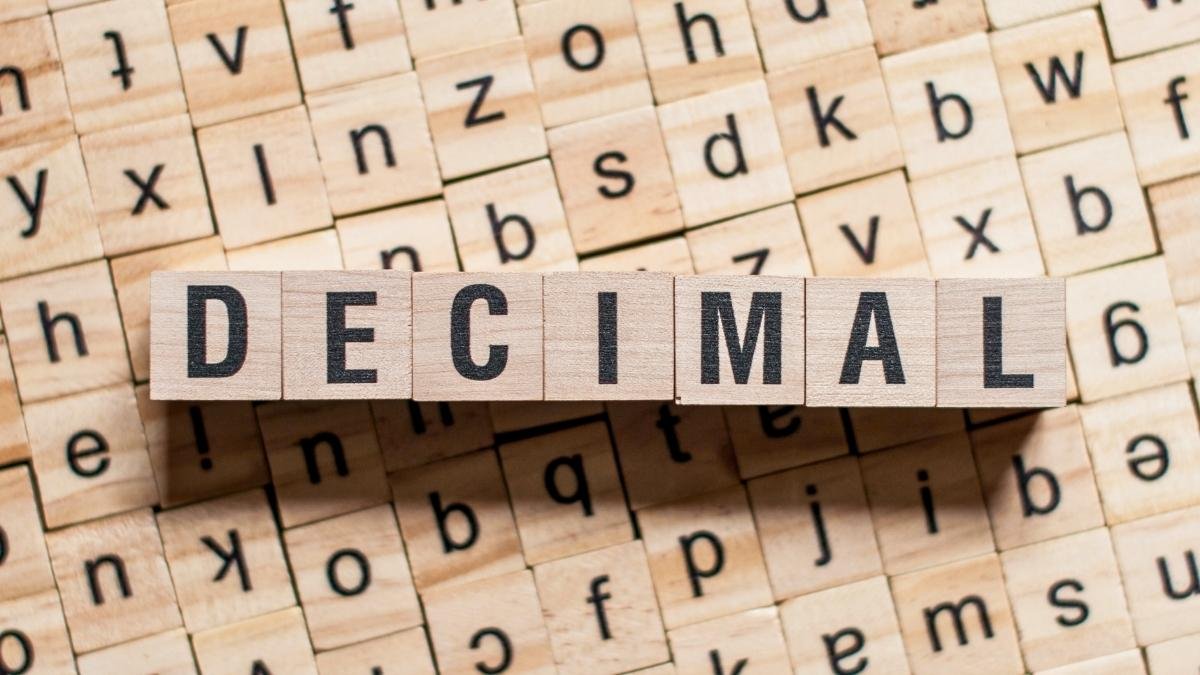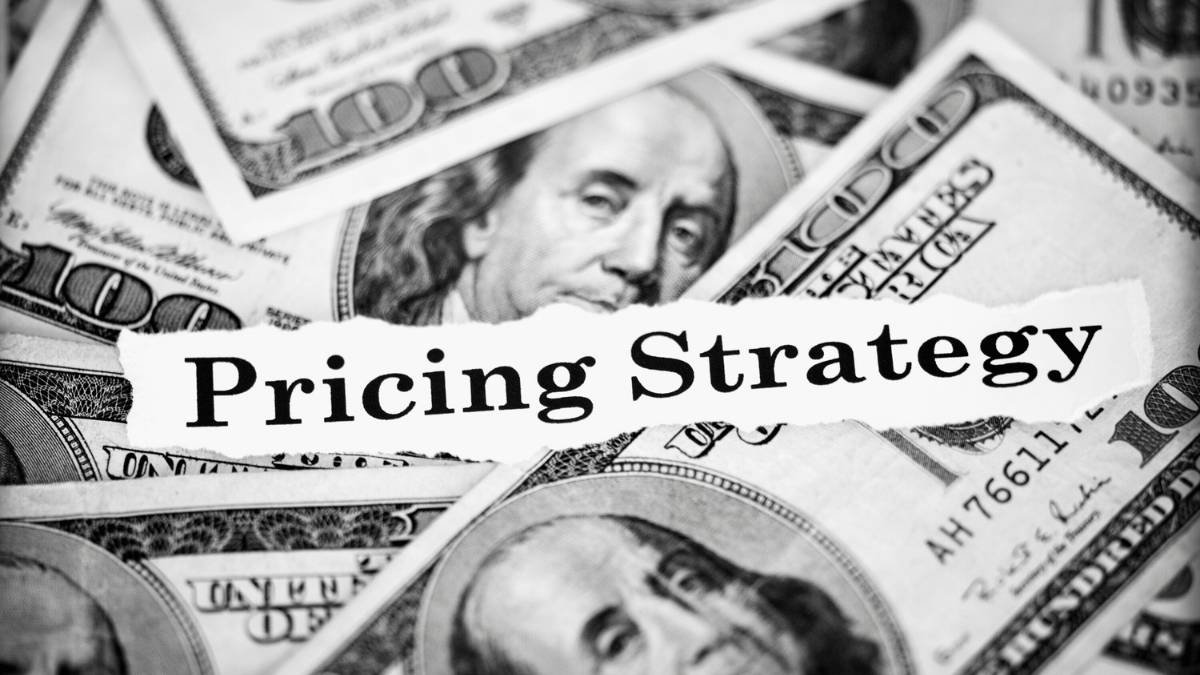
Have you ever wondered why prices often end with .99? Or why “limited time offer” seems to be everywhere? There’s a science behind pricing strategies, and it’s designed to influence your buying behavior in subtle ways.
The good news is, once you understand these psychological tactics, you can outsmart them and start making more informed purchasing decisions. This article will guide you through the world of price psychology and equip you with strategies to ensure you never overpay for anything again.
What is Price-Tag Psychology?
Price-Tag Psychology refers to the various tactics retailers and businesses use to influence consumer perception of value and drive purchasing decisions. It’s based on principles from behavioral economics and cognitive psychology, exploiting natural human tendencies to make snap judgments about what’s a good deal.

The foundation of price psychology lies in understanding how our brains process information. For example, our brains have a natural bias toward the first piece of information we receive (known as the anchoring effect). Retailers know this and use it to their advantage by displaying an original high price next to a discounted price, making the latter seem like a steal.
Another key principle is our tendency to seek shortcuts in decision-making. When faced with complex purchasing decisions, we often rely on simple cues like “50% off” or “sale” signs to guide us. These cues trigger emotional responses rather than logical evaluations of a product’s true value.
Common Price-Tag Psychology Tactics
Anchoring Effect

The anchoring effect is one of the most powerful tools in a retailer’s arsenal. By presenting a high initial price (the anchor), subsequent prices appear more reasonable by comparison.
For example, a furniture store might display a couch with an original price of $1,200 crossed out and a “sale” price of $800. The $1,200 serves as the anchor, making $800 seem like a bargain—even if similar couches are available elsewhere for $600.
To counter this, always research products before making a purchase. Use price comparison websites and apps to establish your own anchor based on market value, rather than relying on the retailer’s suggested price.
Decimal Manipulation

Prices ending in .99 or .95 are everywhere for a reason. Our brains exhibit something called left-digit bias, where we focus more on the leftmost digit of a number. So $19.99 feels significantly cheaper than $20.00, even though the difference is just a penny.
When shopping, train yourself to round up mentally. Treat $19.99 as $20 in your budget calculations. This small adjustment helps you maintain a more accurate perception of what you’re spending.
Decoy Pricing

Decoy pricing involves introducing a less attractive option to make another option seem more appealing. For example, a subscription service might offer three tiers:
- Basic: $10/month
- Premium: $30/month
- Deluxe: $25/month
The Deluxe option serves as the decoy, making the Premium option appear more reasonable by comparison. In reality, the business might prefer customers to choose the Premium option and uses the Deluxe pricing to influence this decision.
When faced with multiple pricing options, take time to evaluate each one independently. Ask yourself which option truly provides the best value for your needs, rather than being swayed by relative comparisons.
Scarcity and FOMO
“Only 3 left in stock!” or “Offer expires in 24 hours!” These scarcity messages trigger our fear of missing out (FOMO), pushing us to make hasty decisions. The effectiveness of this tactic lies in our natural tendency to assign higher value to items that appear scarce.

Before succumbing to scarcity messaging, pause and ask yourself if the product will truly be unavailable later. Most “limited stock” warnings are automated and not genuine reflections of inventory levels. Give yourself time to research and consider whether the purchase aligns with your needs and budget.
Bundling
Bundling involves grouping products or services together at a combined price. While this can sometimes offer genuine savings, it often obscures the true cost of individual items. For example, a shampoo and conditioner bundle might cost $15, but when purchased separately, the shampoo alone could be $12.

Always break down bundles to evaluate their true value. Calculate the per-item cost and compare it to standalone prices. Sometimes bundles offer great value, but other times they’re designed to make you pay more for items you don’t truly need.
Strategies to Overcome Price-Tag Psychology
Set Clear Price Thresholds

Before shopping, establish a maximum price you’re willing to pay for an item. This mental boundary helps prevent impulse purchases driven by psychological tactics. For example, if you’ve decided a fair price for a new smartphone is $600, avoid stores that only stock models above this price point.
Research helps establish realistic thresholds. Browse multiple retailers, read reviews, and use price history tools to understand the market value of what you’re looking to buy.
Utilize Price-Tracking Technology

Numerous digital tools can help you make informed purchasing decisions:
- CamelCamelCamel: Tracks Amazon price history to identify when items reach their lowest prices.
- Honey: Automatically applies available coupons at checkout and alerts you to price drops.
- Google Shopping: Compares prices across multiple retailers to find the best deal.
- PriceGrabber: Provides detailed price comparisons and user reviews.
By leveraging these tools, you transform from a reactive consumer to a proactive decision-maker.
Adopt Mindful Shopping Habits
Mindful shopping involves approaching purchases with intention and awareness. Create shopping lists before heading to stores or browsing online, and stick to them diligently. Impulse purchases are a primary target of psychological pricing tactics.

Implement the 30-Day Rule for non-essential items: if you see something you want but don’t truly need, wait 30 days before purchasing. Often, the desire will fade, saving you money on items that wouldn’t have brought lasting satisfaction.
Negotiate Confidently
Negotiation isn’t just for car dealerships or flea markets. You can negotiate prices on a wide range of products and services, from electronics to medical bills. Start with smaller purchases to build confidence.
Use data to support your negotiation. If you’ve tracked a price dropping from $100 to $80 over several weeks, politely mention this to a retailer when asking for a better deal. Most businesses prefer making a slightly smaller profit to having no sale at all.
Shop During Off-Peak Times

Retailers often adjust prices based on demand. Shopping during off-peak seasons or times can yield significant savings. For example:
- Book flights on Tuesday afternoons when prices are typically lowest.
- Purchase winter gear in late spring when stores are clearing out inventory.
- Buy electronics in January after holiday season markdowns.
By timing your purchases strategically, you can often find items at their lowest prices without relying on psychological sales tactics.
The Psychology Behind the Tactics
Loss Aversion
People generally feel the pain of a loss twice as strongly as the pleasure of an equivalent gain. Retailers exploit this by framing purchases as opportunities to avoid loss. “Save $50 now!” feels more compelling than “Enjoy $50 off.”

Recognize when marketing messages appeal to your loss aversion. Ask yourself if the purchase represents genuine value or if you’re being swayed by the fear of missing out on a perceived savings.
Endowment Effect
The endowment effect occurs when we assign greater value to things we own or possess. Free trials and samples leverage this effect, as we’re more likely to purchase something after we’ve temporarily “owned” it.

If you try a free trial, remind yourself that you don’t yet own the product. Evaluate whether it truly adds value to your life before deciding to purchase, rather than being influenced by the temporary possession.
Confirmation Bias
We naturally seek information that confirms our existing beliefs and ignore contradictory evidence. Once you decide you want a particular brand or product, you’re more likely to notice supporting information while dismissing negative reviews.
Combat confirmation bias by actively seeking out diverse perspectives. Read both positive and negative reviews, and compare multiple brands before making a final decision.
Real-World Success Stories
The Smartphone Saga
A few years ago, I needed a new smartphone but was determined not to overpay. I set a $500 budget and began tracking prices using Google Shopping. Over several weeks, I noticed the model I wanted typically ranged between $550-$600.
Then, on a quiet Tuesday afternoon, I found it listed at $480—$20 below my maximum threshold. By researching and waiting for the right moment, I secured a great deal without falling for urgent sales messaging.
The Furniture Negotiation
My friend Sarah needed a new sofa for her apartment. Rather than rushing to the first furniture store she visited, she took photos of styles she liked and noted their prices. She then visited three additional stores, gathering more information.

When she found a sofa she loved at a local store for $800, she mentioned that she’d seen a similar style elsewhere for $650. The salesperson, eager to make a sale, offered her the $650 price. Sarah saved $150 simply by being informed and confident in her negotiation.
The Groceries Revolution

The Martinez family was spending over $600/month on groceries for their household of four. By implementing mindful shopping habits—creating detailed meal plans, shopping with lists, and avoiding impulse buys at checkout—they reduced their grocery bill to $420/month. They now save $2,160 annually while still enjoying the same quality of food.
Conclusion: Taking Control of Your Purchasing Power
Understanding Price-Tag Psychology transforms you from a passive consumer to an empowered decision-maker. By recognizing common tactics like anchoring, scarcity messaging, and bundling, you can approach purchases with clarity and intention.
Remember to set price thresholds, utilize tracking tools, and adopt mindful shopping habits. When faced with psychological pricing strategies, pause, research, and evaluate whether the purchase truly aligns with your needs and budget.
The journey toward financial autonomy begins with small, intentional changes. Start by examining one upcoming purchase through the lens of price psychology. Research its market value, set a threshold, and make a deliberate decision. With practice, these habits become second nature, ensuring you never overpay for anything again. Your wallet—and your peace of mind—will thank you.







